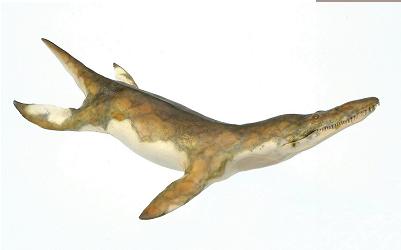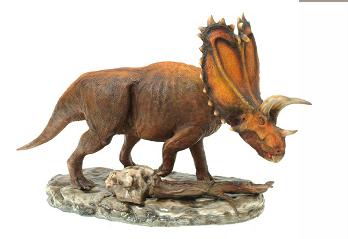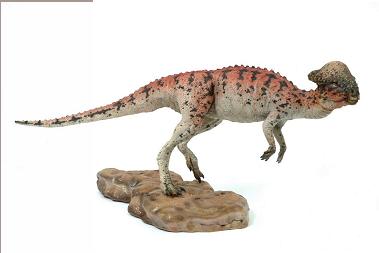
click images for larger views





On This Page
Kronosaurus
Leonardo
Pentaceratops
Stegoceras
Kronosaurus
Leonardo
Pentaceratops
Stegoceras
[[Home]
[News] [Life-Size Sculptures] [Model Kits] [Wildlife Collection]
[Complete Catalog]
[About Us] [Contact Us]
[Frequent Questions] [The Studio At Work] [Links] [Privacy Policy] [Terms of Use]
mail@cmstudio.com
© 2017 CM Studio
All Rights Reserved
CM Studio 100 West Central Avenue Benld, Illinois 62009
[News] [Life-Size Sculptures] [Model Kits] [Wildlife Collection]
[Complete Catalog]
[About Us] [Contact Us]
[Frequent Questions] [The Studio At Work] [Links] [Privacy Policy] [Terms of Use]
mail@cmstudio.com
© 2017 CM Studio
All Rights Reserved
CM Studio 100 West Central Avenue Benld, Illinois 62009
Kronosaurus was a short-necked plesiosaur, a meat-eating marine reptile 30 feet (9 m) long. It had four flippers, a huge head with strong jaws, and a short, pointed tail. The head was up to 9 feet (2.7 m) long, about 1/3 of the entire length of the body. It had rounded teeth at the back of the jaws which could crush shells and cephalopods (squid and octopi).
Kronosaurus was not a dinosaur, but a plesiosaur, another type of extinct reptile. Plesiosaurs may have evolved from the Nothosaurs or the Pistosaurus, a mid-Triassic reptile.
Kronosaurus was not a dinosaur, but a plesiosaur, another type of extinct reptile. Plesiosaurs may have evolved from the Nothosaurs or the Pistosaurus, a mid-Triassic reptile.
The hadrosaur group, of which Brachylophosaurus was a member, is known as the "duck-bills," although this feature is not very prominent in Brachylophosaurus. Its most obvious characteristic is the crest for which it is named. Some of the hadrosaurs had hollow crests through which they might have blown air, but the crest of Brachylophosaurus is solid. It ran with its body horizontal and its tailed stretched out for balance. It is known from fairly complete fossils found in Canada.
Pentaceratops was a rhinoceros-like dinosaur. It walked on four sturdy legs and had three horns on its face along with a large bony plate projecting from the back of its skull (a frill). One upward-pointing horn above its parrot-like beak and two longer, forward-pointing horns above its eyes probably provided protection from predators, and were possibly used in mating rivalry and rituals. It also had two enlarged, horn-like cheekbones that protruded from its face. It had a very large skull, 9.8 feet (3 m) long, with a very large, bony, scalloped, head frill. It has the largest-known skull ever found (for a land-dwelling animal).
Pentaceratops was about was up to 28 feet (8 m) long, roughly 10 feet tall (3 m), and weighed up to 8 tons. It had a short, pointed tail, a bulky body, column-like legs with hoof-like claws, and a bony, scalloped neck frill rimmed with bony points. It had a parrot-like beak, many cheek teeth, and powerful jaws. Pentaceratops hatched from eggs.
Pentaceratops was about was up to 28 feet (8 m) long, roughly 10 feet tall (3 m), and weighed up to 8 tons. It had a short, pointed tail, a bulky body, column-like legs with hoof-like claws, and a bony, scalloped neck frill rimmed with bony points. It had a parrot-like beak, many cheek teeth, and powerful jaws. Pentaceratops hatched from eggs.
Stegoceras was a dome-headed, bipedal dinosaur. Its large head housed a thick skull, a relatively large brain, and large eyes. Its skull was about 3-4 inches (8 cm) thick. Males had thicker domes than females, and older Stegoceras had thicker domes than younger ones. Stegoceras had a fringe of horny knobs along the rear of its skull. It had short forelimbs and a large, stiff tail.
Stegoceras grew to be about 7 feet long (2.1 m) and 4 feet tall (1.2 m). This plant-eater weighed roughly 170 pounds (78 kg).
Stegoceras grew to be about 7 feet long (2.1 m) and 4 feet tall (1.2 m). This plant-eater weighed roughly 170 pounds (78 kg).




